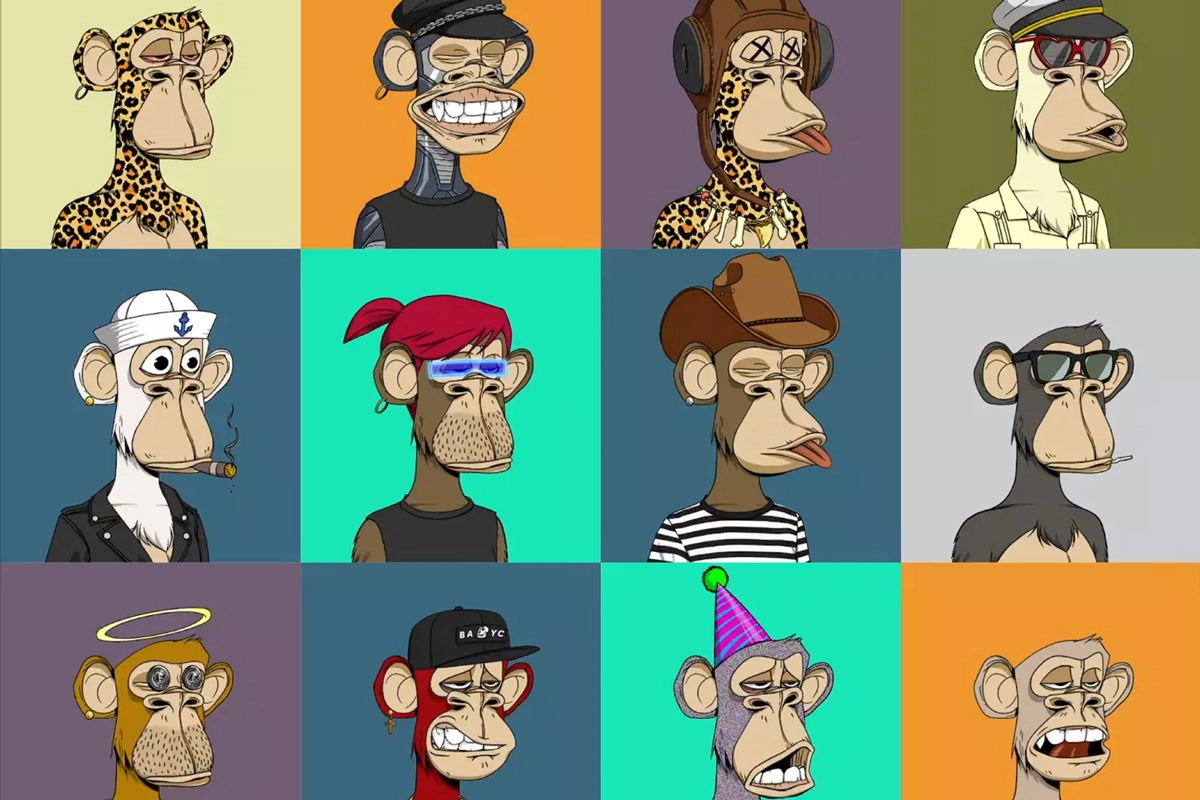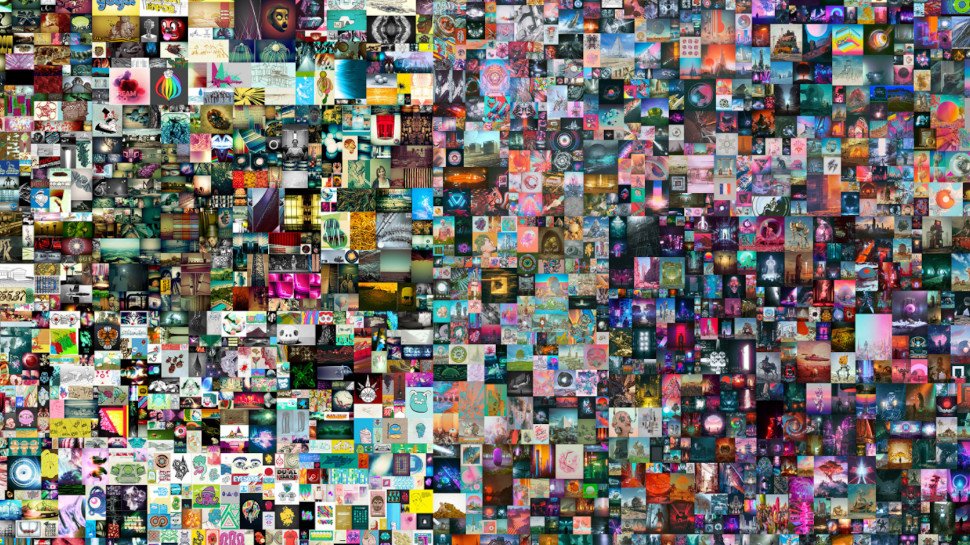Crypto art, also known as Non-Fungible Tokens (NFTs), is a new form of digital art that is created and mostly traded using blockchain technology. NFTs are unique digital assets that cannot be replicated, which makes them valuable and rare. So what exactly are NFTs?
The beginning of NFTs
The origins of crypto art can be traced back to the early days of cryptocurrencies when people started using blockchain technology to prove ownership and authenticity of digital assets. The idea of using blockchain technology to trade these unique digital assets, such as art, quickly caught on and has since evolved into a thriving market.
Also read: TOP crypto memes that everyone should know
Examples of crypto art include digital paintings, illustrations, GIFs, pictures, and animations that are traded as NFTs on NFT marketplaces like OpenSea, SuperRare, Nifty Gateway, and Rarible.
These platforms allow artists to create and sell unique digital assets that are verifiable and immutable, ensuring their authenticity and rarity. NFTs can be stored on these marketplaces, but investors can hold these assets on their own wallets like Metamask.
Most popular NFT projects
The crypto art space is also full of projects that sell AI-generated bulks of NFTs. Usually, they consist of 10,000 NFTs, but it can also be 6,666, or 3,333. The most notable NFT projects are Crypto Punks and Bored Ape Yacht Club (BAYC), which are also considered blue-chip NFTs.

Bored Ape Yacht Club NFTs, source: rollingstone.com
Other notable NFT projects include CLONE X, Doodles, Azuki, etc. Most of the time, the utility and originality of art are what give these kinds of NFTs an extremely high price tag. The price of some NFTs used to be worth 6 figures at the end of the bull market, but its value declined with the fall of cryptocurrencies in 2022 because of high correlation.
Most popular NFT artists
On the other hand, crypto artists don’t focus so much on price or utility. It’s all about art for them (despite the fact that Beeple sold one artwork for $69 million in early 2021). Some of the most popular artists in the crypto art world include Beeple, Mad Dog Jones, and XCOPY.

Everydays: The First 5,000 Days, NFT artwork by Beeple, source: techradar.com
These artists focus on creating single-piece artworks, one by one, rather than generating a bulk of NFTs with AI. However, they use various tools like AI and graphic designer apps to create their art. The most notable crypto artists have become millionaires in a year or two with the arrival of the NFT boom in 2021.
NFT blockchains
Crypto art can be deployed on different blockchains, depending on the taste of the artist. The most popular blockchains for NFTs are Ethereum, Solana, Polygon, Flow, and several others. Each blockchain has its own unique features and advantages, allowing artists to choose the one that best suits their needs and goals.
Read more: TOP 5 ways you can spend your Bitcoin
Ethereum, for instance, is the most popular network for NFTs, but it received a lot of bad rap due to high gas fees (sometimes tens or hundreds of dollars for trading an NFT). On the other hand, NFTs on the Solana network cost less than a cent on a dollar, which makes NFT trading very affordable.
Advantages of crypto art
The pros of crypto art include its accessibility and affordability, as anyone with an internet connection can own and trade these unique digital assets. The use of blockchain technology ensures the authenticity and rarity of these assets, making them valuable investments for collectors.
You may also be interested in: What is crypto mining?
Finally, the market for crypto art has been growing rapidly, providing a new outlet for artists to showcase their work and reach a wider audience. But it’s not just for artists. Photographers can also upload their photos on blockchain and make them NFT. It’s available to everybody. For instance, an Indonesian man even sold his selfies as NFTs, which generated over $1 million in trading volume.
Disadvantages of crypto art
However, there are also some cons to consider. The use of blockchain technology is still in its early stages, and there are many technical barriers that make it difficult for some people to participate in the crypto art market. This is because people need to buy crypto, then transfer it to an NFT marketplace to buy the art piece.
Additionally, the market is largely unregulated, which can create opportunities for fraud and scams. There were tons of NFT projects with big promises in 2021 but disappeared in 2022. Only the most authentic projects survived. Finally, the value of crypto art can be volatile and subject to market conditions, making it a risky investment. Buying an NFT of BAYC is definitely more volatile than buying a real artwork made by Picasso.
Bottom line
Looking to the future, it is likely that the crypto art market will continue to grow and evolve. As blockchain technology becomes more mainstream and accessible, it is possible that more people will start to participate in the market and drive up demand for unique digital assets. But it will be crucial to find a way to avoid scams that are becoming more cunning than ever before.
Additionally, artists and collectors are likely to push the boundaries of what is possible with crypto art, exploring new forms of digital expression and creating new and innovative artworks. In conclusion, crypto art represents a new frontier in digital art and an exciting opportunity for artists, collectors, and investors alike.










Comments
Post has no comment yet.